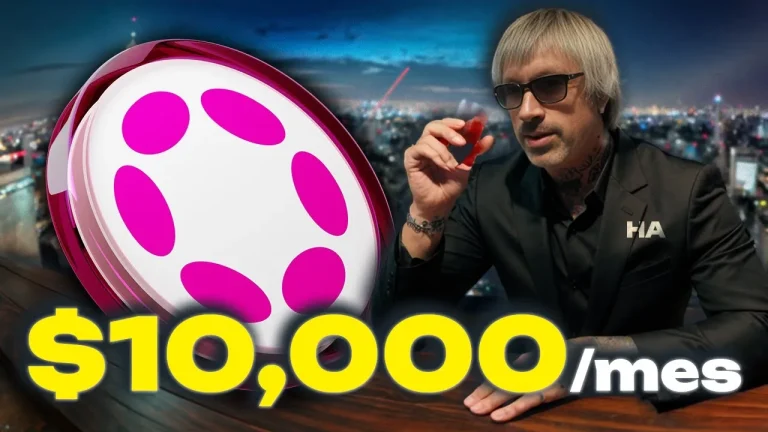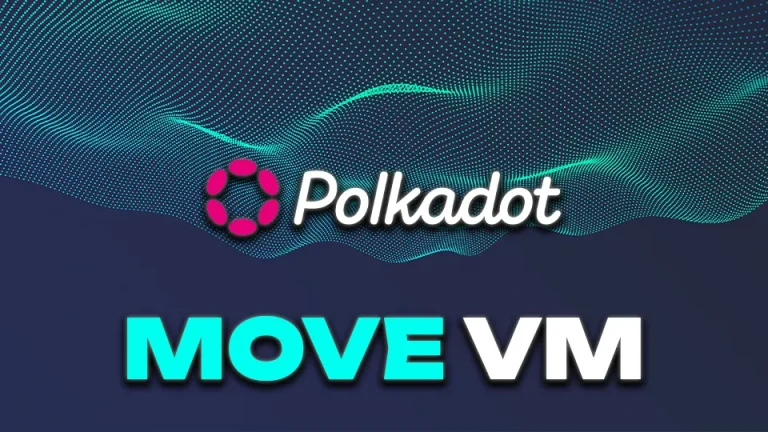In a riveting presentation at Polkadot Decoded 2024, Derek Yoo, CEO of Moonbeam Labs, elaborated on the advanced multi-chain architectures on Polkadot, emphasizing the profound impact of interoperability and specialization within blockchain ecosystems. His talk, titled “The Whole is Greater than the Sum: Multi-Chain Architectures on Polkadot,” shed light on the evolving landscape of blockchain technology and the pivotal role Polkadot plays in fostering a seamlessly interconnected environment.
The Evolution of Multi-Chain Vision
Yoo commenced his discussion by recounting the evolution of Moonbeam’s vision since its inception in 2020. Moonbeam Labs, renowned for its protocol engineering and development services, has consistently advocated for a multi-chain environment where interoperability is paramount. The initial vision was to create a space where multiple blockchains coexist and interact efficiently, leveraging the strengths of each to overcome individual limitations.
Key Players in the Polkadot Multi-Chain Ecosystem
Yoo introduced several key projects that illustrate the synergy of multi-chain architectures:
- Moonbeam: Serving as an interoperability hub, Moonbeam’s core principle is full compatibility with Ethereum and the EVM (Ethereum Virtual Machine). This ensures seamless integration with the entire Ethereum toolchain, making Moonbeam the optimal choice for third-party services requiring EVM-based interactions.
- Tanssi: A project born from Moonbeam’s experiences, Tanssi aims to simplify deploying a blockchain. Yoo highlighted how Tanssi facilitates the deployment of fully operational Layer 1 (L1) chains with ease, enhancing scalability and efficiency.
- Storage Hub: A decentralized storage system designed for large files and data sets, Storage Hub complements other chains by providing a specialized storage service. It is designed to work alongside other chains, ensuring efficient and scalable data storage solutions.
- Glacis: Inspired by networking principles, Glacis enhances cross-chain interactions by providing a failover and redundancy mechanism. It supports multiple bridging protocols, ensuring that cross-chain activities remain secure and uninterrupted.
Case Study: The Great Escape
To exemplify the practical application of these multi-chain architectures, Yoo presented The Great Escape, a game developed on Moonbeam. This game integrates multiple specialized chains to optimize different aspects of its operations:
- Tanssi Container Chain: Handles the game engine, ensuring consistent compute costs.
- Moonbeam: Manages NFTs and fungible tokens, leveraging its rich ecosystem of protocols and services.
- Storage Hub: Stores metadata and media files associated with NFTs, ensuring efficient and scalable storage.
- Glacis: Facilitates secure cross-chain interactions, allowing the game to reach a broader audience without introducing single bridge risks.
Multi-Chain Architectures Future Directions and Innovations
Yoo concluded with insights into future directions for multi-chain architectures. He emphasized the importance of extending Polkadot’s specialized services to support the modular ecosystem on Ethereum. This involves leveraging Polkadot’s strengths in customization, decentralization, and finality to address gaps in Ethereum’s rollup-based ecosystem.
Conclusion
Derek Yoo’s presentation underscored the transformative potential of multi-chain architectures within the blockchain domain. By fostering interoperability and specialization, Polkadot and its associated projects are paving the way for more scalable, efficient, and user-friendly blockchain applications. As Yoo aptly put it, the whole is indeed greater than the sum of its parts, especially in the dynamic and interconnected world of blockchain technology.








